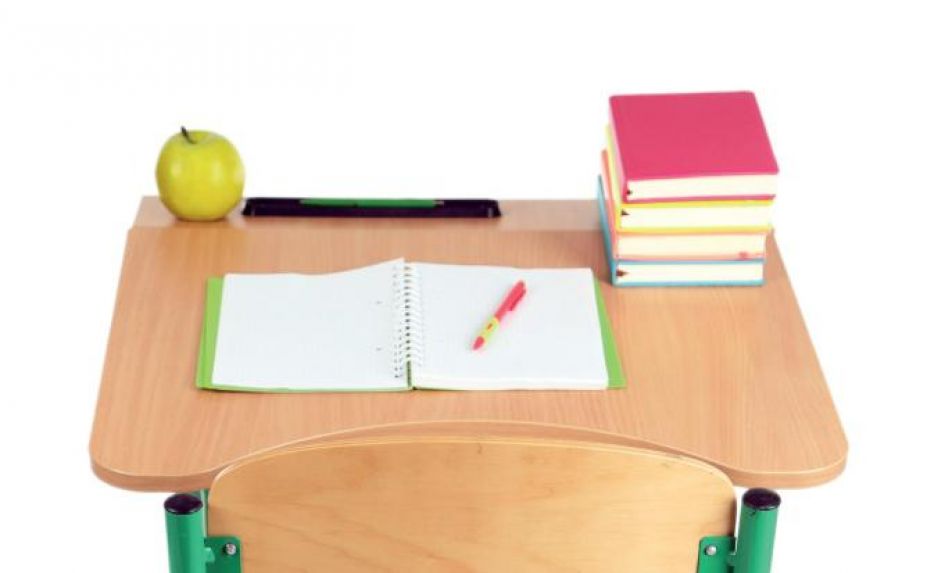We’ve all seen examples of tired and poorly maintained classroom furniture. Whether it’s the unintelligible scrawl of a bored student on a desk, or a build-up of ink and pencil use over the years, dirty or poorly maintained classroom furniture doesn’t create an inspiring learning environment.
Combined with other forms of damage, it creates a poor impression of a school, and can result in furniture replacements having to arranged more frequently – with all the costs that entails. Here, I’d like to share some helpful tips for keeping your classroom furniture clean and well maintained.
Pen marks
Pen and pencil marks are some of the most common ways in which school furniture can become ruined. There are, however, a variety of ways in which you can remove them using common household items that won’t put pressure your budget. For instance, whilst vinegar is a commonly recommended cleaning tool, a cloth moistened in hairspray will work just as well. You can also use a paste of baking soda and water – applying the mix to marks for 15 seconds and removing it with a soft, clean cloth can provide a natural alternative solution to chemicals.
Grease stains
From sneaky snacking moments to stubborn fingerprints, greasy patches have a way of working themselves into classroom furniture, especially in younger year groups. Greasy patches can be easily removed by combining water and washing up liquid on a damp cloth. Where possible, try to use reusable cloths over single use paper towels to help the environment.
Chewing gum
Perhaps the worst of all furniture maintenance jobs, every classroom will almost inevitably have some chewing gum lurking under chairs and desks, yet there are a few approaches you can try for removing it.
The classic method is to place a sealed bag containing ice over the gum for a few minutes to harden it, before scraping it off with a nondamaging tool such as a putty knife. Alternatively, duct tape can be used to dislodge more stubborn gum remains – simply apply and remove.
It’s always advisable to test any new cleaning methods on an inconspicuous area to make sure it won’t have any harmful effects on the furniture itself.
Maintenance
Checking furniture throughout the year will help prevent significant damage from occurring. Every few months, check your furniture fittings, such as screws, and adjust where necessary so that you can catch any faults before the items break.
Aim to buy lighter furniture where you can, so that it can be lifted with greater ease. This reduces the likelihood of larger items being dragged across floors, which can lead to loosened elements and weakened joints. Ensure that the weight of items accommodated by shelving and storage units is distributed in a way that helps to preserve their structural integrity, with heavier items positioned at the bottom rather than the top.
Finally, devise a maintenance policy that details how your furniture should be cleaned, by whom and how often, and how any problems should be reported. This will ensure that your furniture maintenance is kept on top of, before issues arise.
Richard Kemsley is the director at UK Educational Furniture, specialists in providing furniture to the education sector; for more information, visit ukeducationalfurniture.co.uk or follow @ukedfurniture










